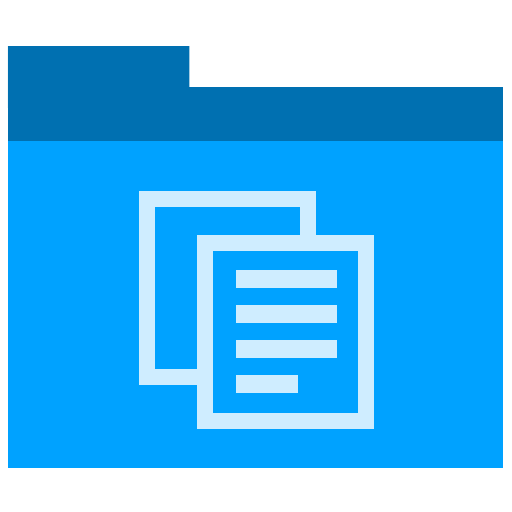Technical Writing
How to Write a Target Audience Questionnaire
An Audience Analysis questionnaire is a set of questions designed to understand the target audience for a technical document. It helps writers tailor the content to the needs, interests, and knowledge level of the readers.
Some key questions that an audience analysis questionnaire aims to answer include:
- Who is the primary and secondary audience for this document? (e.g. software developers, business analysts, end users)
- What is the audience’s technical proficiency? Beginner, intermediate, expert?
- What does the audience already know about this topic or product?
- What are the audience’s goals and motivations for reading this document?
- Where will the document be accessed – online, PDF, etc?
- What technical devices and platforms does the audience use?
- What format and writing style is appropriate for this audience? Formal, conversational, etc.
- How can graphics, illustrations, screenshots be used effectively for this audience?
- What level of detail or background information does the audience need?
- What terminology, acronyms, and definitions need to be clarified for the audience?
- What questions might this audience have that should be addressed proactively?
- How can the document structure and navigation optimize usability for this audience?
Having potential users complete a questionnaire or interview can provide invaluable insights to create documentation tailored specifically to their needs. The analysis can guide writing style, terminology, examples, tutorials, visual elements, length, and overall approach.
What is a Audience Analysis Questionnaire?
Audience Analysis is used to profile, i.e. learn about, your target audience, so that you can then offer better products, services, training, books or whatever… that match their specific requirements. This is different than gathering requirements, which is more a wish list, of what people want.
Audience Analysis is a snapshot of what your users/readers/viewers etc are doing here and now.
While Marketing Plans also use these to get an better understanding of how to segment their audiences, technical writers use it when developing your next set of documents or training plans.
The more you know about your target audience, the more likely your material will suits their needs.
What goes into a Audience Analysis Questionnaire?
You need to cover four sections in your questionnaire: document details, objective, experience, tasks.
1. Document Details
The first page of the questionnaire—usually near the header—captures information related to the actual document, for example, the name of the course, the individual, date, and department. Depending on your project, you may want to adjust this to suit your needs.
Some technical writers use version controls on their documents, as well as the document’s status, for example, Draft, Revised, Final or Approved.
Course:
Name:
Date:
Department:
2.Objectives
In the objective section, describe the goal of this questionnaire.
- Who are the project stakeholders for this project?
- Who is been asked to complete this questionnaire?
- What is your motive for doing this?
- What is the benefit to the reader?
- When does this questionnaire need to be completed by?
- Where will the information be kept, share, distributed, and archived?
- Why should the reader/user/employee complete this questionnaire? Is it compulsory? Is there a date by when this must be completed?
- How does this questionnaire fit into the company’s overall strategy?
Sample text:
“To help us provide the most appropriate the training to our employees—so you have the necessary skills, knowledge and confidence in your own abilities—please study the following questions and answer them to the best of your abilities.”
The questionnaire must be completed by [date].
The questionnaire is approved by the [project board].
Contact [identify the person] if you have any queries about this questionnaire.
3. Level of Experience
Identify your level of expertise with these tools based on a scale of 1 to 5.
(1=No Experience; 5=Extremely Experienced).
1. Adobe Acrobat (not Acrobat Reader)
2. Adobe FrameMaker
3. AuthorIT
4. DocBook
5. DocToHelp
6. DreamWeaver
7. Epic Editor
8. ForeHelp
9. Interleaf
10. MadCap Blaze
11. Madcap Flare
12. Microsoft Excel
13. Microsoft Visio
14. Microsoft Visio
15. Microsoft Word
16. RoboHelp
17. Techsmith Camtasia
18. Techsmith Snagit
19. WebWorks
20. XML editor
4. Tasks & Activities
Please indicate all answers that are applicable to your role.
1. How often are you asked to provide [technical documents/status reports/management reports etc]?
(a) Several times a day
(b) Several times a week
(c) Several times a month
2. What format (s) do you provide the information in?
Charts
Diagrams
Documents
Maps
Pivots tables
PowerPoint
Verbal
3. What is the nature of these requests? (If possible, please provide examples of each item indicated)
(a) Summary (e.g. totals, averages, status etc.)
(b) Detailed (specific lists, inquiries regarding specific projects, documents, releases etc.)
(c) Operational
(d) Analytical
(e) Other (this may include revisions, merging, editing, publishing, translating, re-formatting, printing etc)
Once you have these in place, you can then begin to write your documents or start developing that training plan.

